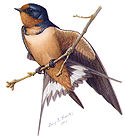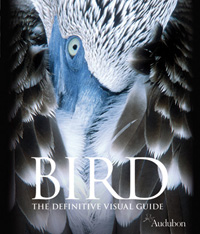Winter Coastal Birding on New Year's Eve
After an uneventful day yesterday at the Raritan Estuary CBC, I decided to do some birding along the NJ coast today. I started at Manasquan Inlet near Point Pleasant, NJ. This is a great spot in winter for loons, gulls, and alcids. A few Black-headed Gulls had been seen here recently and I wanted to see one. Unfortunately, today would not be my day. One had been seen around 8:00 AM, but had flown far away by the time I got there. As a nice consolation prize, there were quite a few Bonaparte's Gulls in extremely close as well as many Northern Gannets and loons.
From there I headed north to Sandy Hook to look for some rarities that had been hanging out since late November - a Townsend's Solitaire and a Western Kingbird. Neither of these are life birds or state birds for me, but I thought they'd be nice to see. The Hook was extremely windy. I looked in vain for the Solitaire for quite a while, but I didn't manage to find many birds at all. The only thing I scared up was a few Golden-crowned Kinglets and a Brown Creeper. I then moved to the North Beach pavilion to look for the Western Kingbird. As I stepped out of my car, a bird alighted on a perch to my right and, sure enough, it was the Kingbird!
One out of three ain't bad. I ran into another birder who had been looking for the Kingbird for a while and I was able to get him on it. The wind and the cold were beginning to get to me. I made a few more stops along the way out, but then headed home. Not a bad morning out birding on New Year's Eve. Happy New Year!



































 If you love bird art, then you will want to check out this
If you love bird art, then you will want to check out this 














